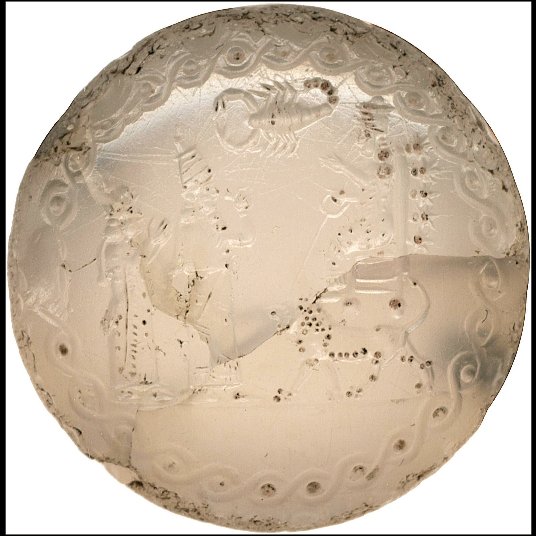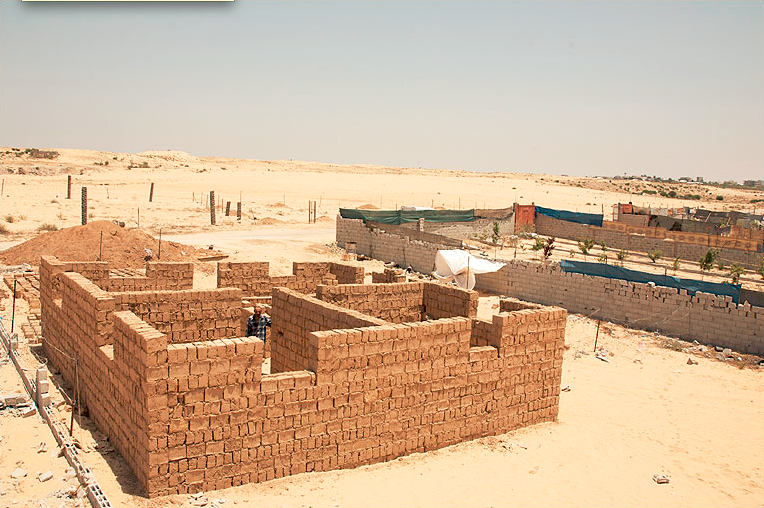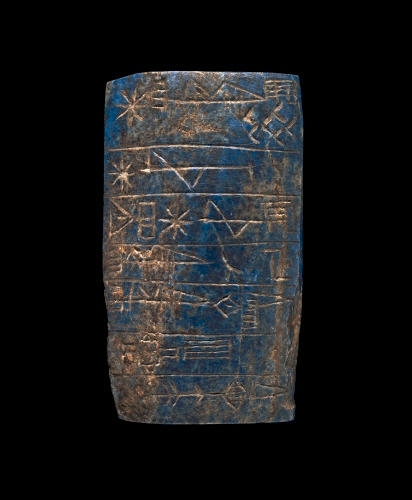All Assyrian kings used this seal, and officials empowered to act on the king's behalf had their own copies. This seal was used to authenticate royal orders, and lack of a seal could lead one to question if the orders were genuine.
(Source: oracc.museum.upenn.edu/saao/P237840)

It took scholars longer to recognize, but the office of the queen had its own seals.
This seal belonged to Sennacherib's queen Tashmetum-Sharrat, who reigned in the 680s BC.
This was a personal seal. Note the king and queen standing together before a goddess.
(Source: britishmuseum.org/collection/obj…)

But why a scorpion?
Giving birth to and raising an heir to the throne.
We think of scorpions as dangerous and terrifying, but the Assyrians understood them foremost as a creature fiercely protective of its offspring.
discovery.ucl.ac.uk/id/eprint/1353…
epub.ub.uni-muenchen.de/25017/1/oa_250…
THE END.
















